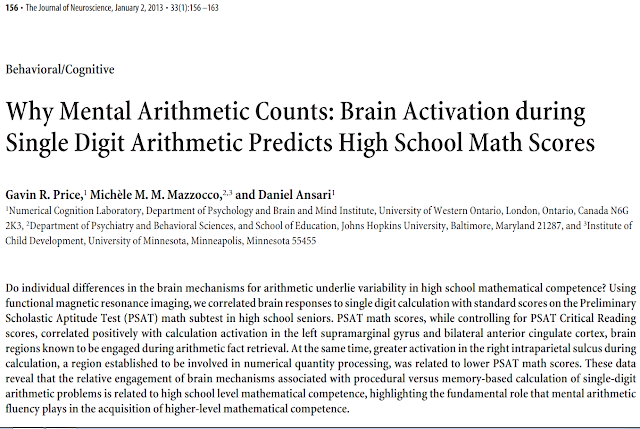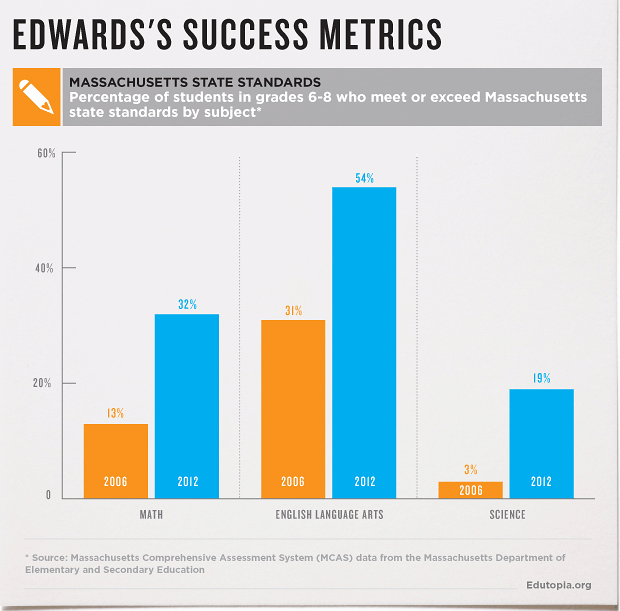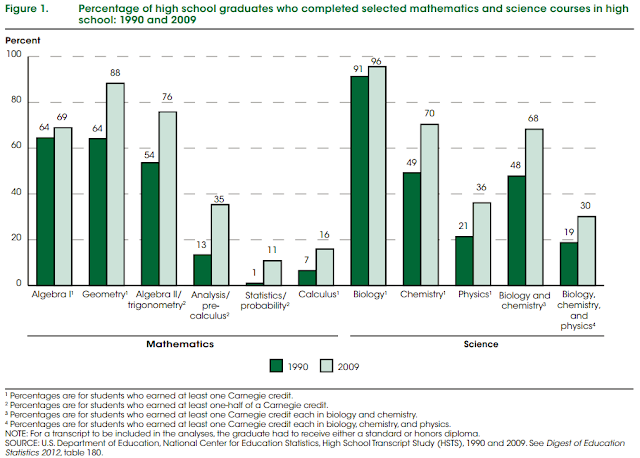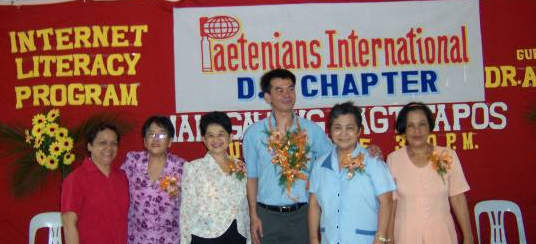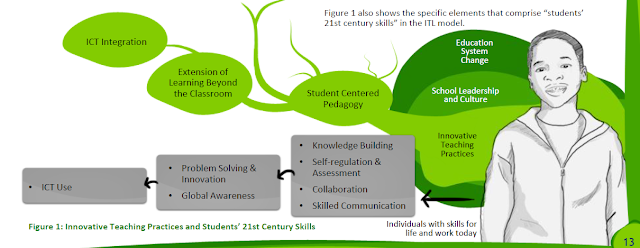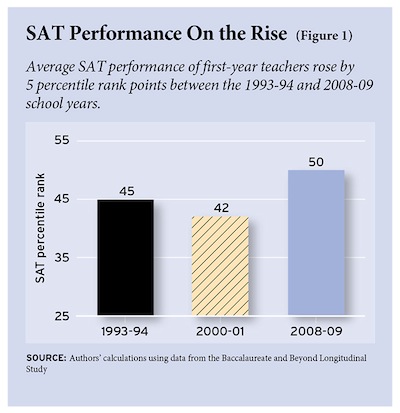Some Highlights from the Education for All Global Monitoring 2013/14 Report
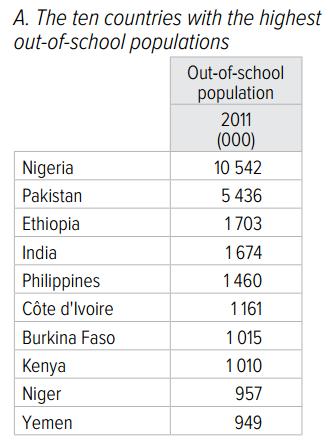
Here are some figures, tables and excerpts from 2013/14 UNESCO E ducation for All Global Monitoring 2013/14 Report. These are especially relevant to the Philippines since the country is mentioned in this presentation (unfortunately, not in a positive light). The report goes beyond simple access to education, it now begins to address the quality of education. The report ends with a hopeful list of what can be done to address the global learning crisis and this list places the teacher in front to help solve the challenges. First, the Philippines lands in the list of countries with the highest out-of-school children: Second, compared to Indonesia, the Philippines has shown smaller progress in achieving universal primary education. Inequality in education is markedly greater in the Philippines and continues to be an insurmountable challenge. Poor children are not able to finish school. This, of course, is only a question of access. In terms of quality, the inequality is only ...



